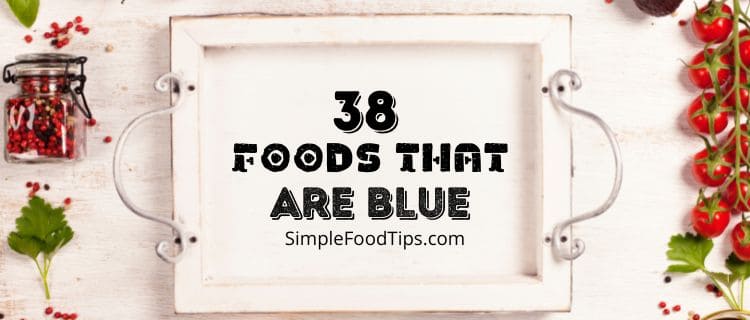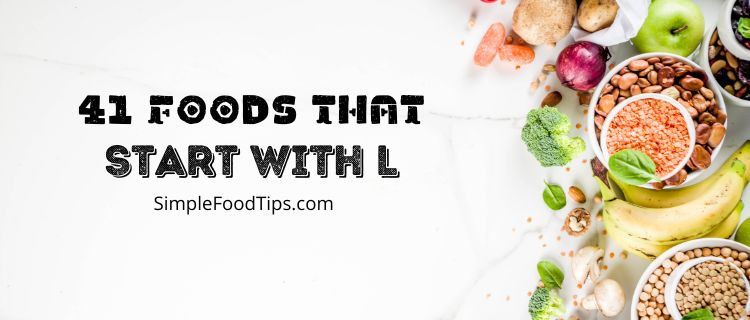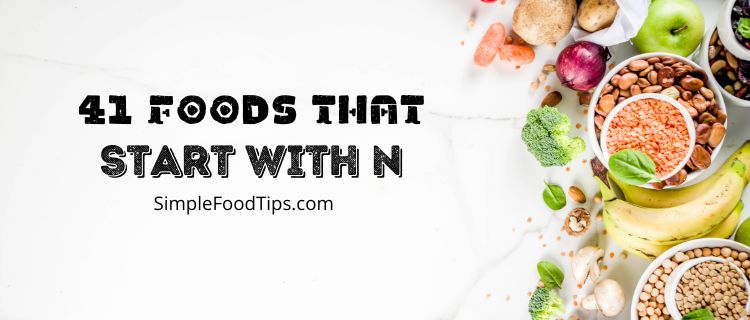There are a number of foods that are blue in color. Some people may be surprised to find out that blue foods actually exist. While some blue foods are naturally blue, others have been dyed to achieve their blue color.
Blue corn, for example, is a type of corn that was cultivated by the indigenous people of the Americas and has a natural blue pigment. Blueberries, on the other hand, are not naturally blue, but they turn blue when they are ripe.
So, if you’re looking for a pop of color in your diet, consider adding some blue foods to your meals. Not only do they add visual interest, but they may also provide some health benefits.
Outline
37 Foods That Are Blue
1. Blueberries
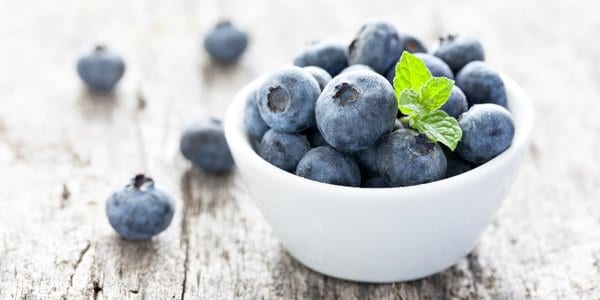
Blueberries are, without a doubt, the most famous blue fruit, and for a good reason too! They are incredibly delicious, but what’s better is that they are also packed with beneficial nutrients and antioxidants.
2. Blue corn
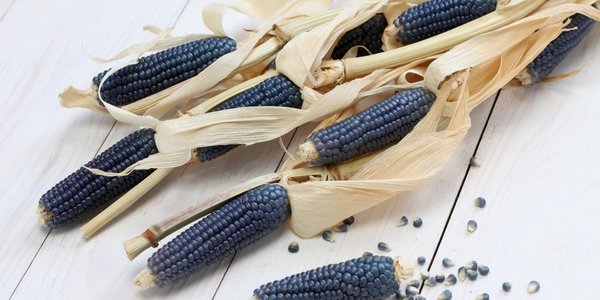
While blue corn is not as popular as its yellow or white counterpart, this type of corn can be used in various dishes. It can be ground into flour and used as dough for cookies or tortillas. Blue corn is also a popular choice for making corn chips and popcorn.
3. American blue lobster
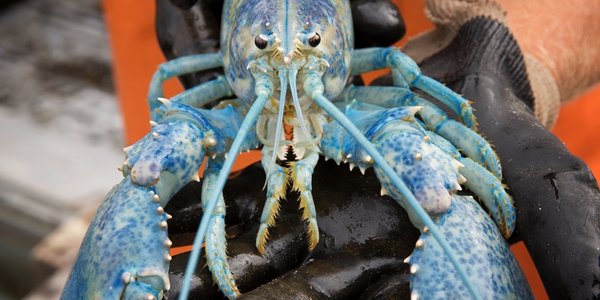
A blue lobster? It may sound impossible, but it’s true! These blue lobsters are quite rare, only accounting for about 1 in 2 million. If you’re lucky enough to come across one of these, cook it up and enjoy it with some veggies and stock!
4. Blue Marble Tree Fruit

The blue marble tree fruit is a type of tree fruit that is native to the tropical regions of the world. The tree is known for its brightly colored fruits that range in hue from blue to purple. The blue marble tree is a popular choice for fruit trees due to its unique appearance and sweet flavor.
5. Indigo Milk Cap Mushroom
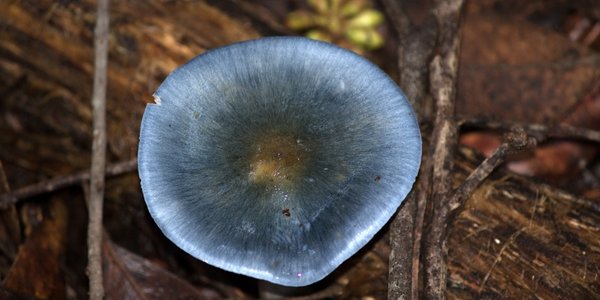
If you’re a fan of mushrooms, you’ll love this indigo milk cap mushroom! It is a blue fungus prevalent in various international cuisines and is often used as an ingredient in soups, sauces, and stews. It has a slightly nutty flavor that pairs well with other earthy ingredients.
6. Blue Sardine Fish
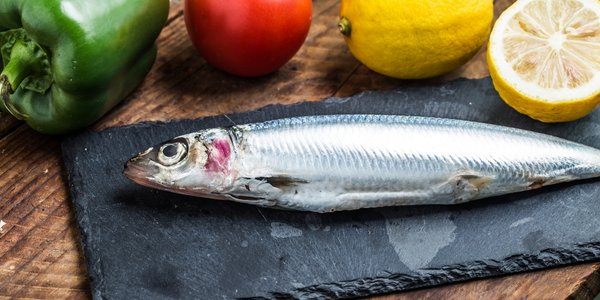
A blue sardine fish is a small but mighty fish that is popular in various cuisines across the world because of its high-fat content and unique color. This fish can be grilled, fried, baked, or eaten raw in sushi.
7. Adirondack Blue potato
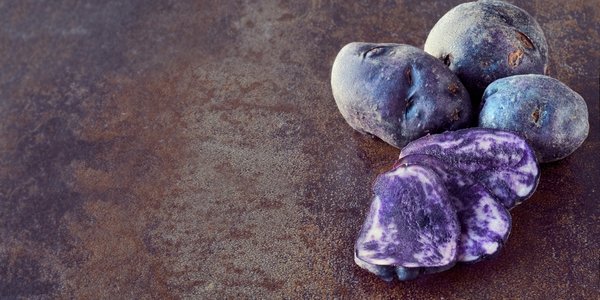
Blue potatoes, also known as blue Adirondack potatoes, are blue with a slightly darker outer skin. These potatoes have a sweet taste and are perfect for roasting, baking, or mashing.
8. Blue Cheese
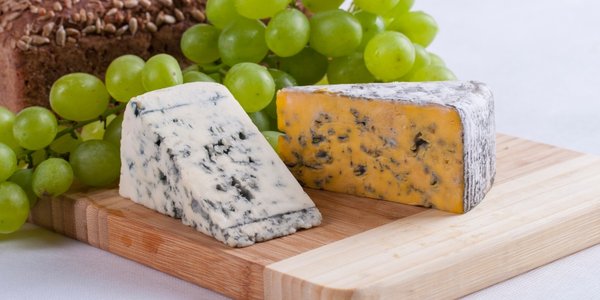
Most of us have heard of blue cheese, but did you know that there are over 1,000 types of blue cheese? This cheese gets its color from the mold used to create it. The flavor of blue cheese can range from mild to very strong, so it’s essential to find one that you like best.
9. Blue Pea Flower
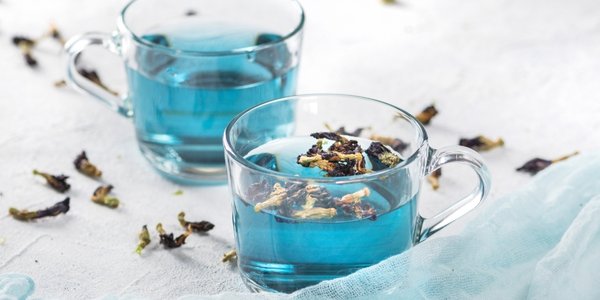
We couldn’t miss out on including flowers in this list, and yes, they’re edible. The blue pea flower is often used as a natural food coloring because of its vibrant blue hue. This flower can be used to make tea, added to dishes, or even used as a decoration.
10. Billberry
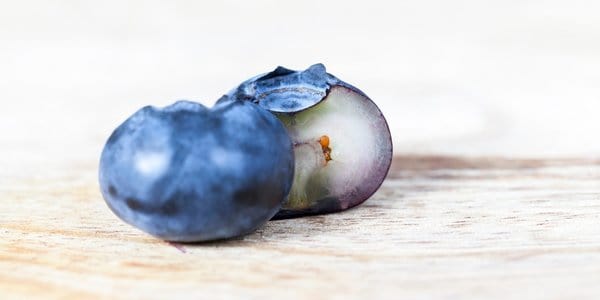
Often confused with blueberries, Bilberries are a type of European blueberry that is native to northern Europe and Asia. While they may look similar, bilberries and blueberries are actually quite different. Bilberries are smaller and darker than blueberries, with a more intense flavor.
They both are rich in antioxidants, but bilberries seem to have more health benefits.
11. Utrecht Blue Wheat
Utrecht Blue Wheat is a unique variety of wheat that is grown in the Netherlands. The distinctive blue color of the wheat is due to the presence of a pigment called anthocyanin, which is found in the wheat’s bran.
12. Blue Chocolate Tomatoes
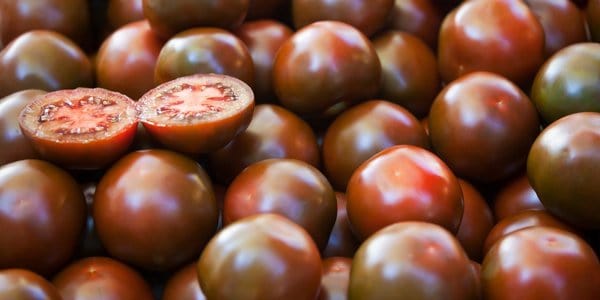
We would be apprehensive about cooking blue tomatoes too, but luckily, they’re just as edible as red ones. Blue tomatoes are not as sweet, but they have a unique flavor that is perfect for making sauces, jams, and even pies, especially for festivals like Halloween.
13. Jamun
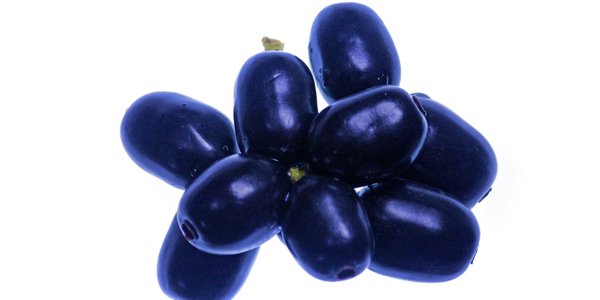
Jamun is a type of Indian plum that is blue. It is often used to make juices, jams, and chutneys. The taste of Jamun can be pretty sweet but is also a little sour, making it perfect for those who enjoy tangy food items.
14. Blue Peeps
Blue peeps are a type of candy that has been around for many years. They are made by pressing together two blue candies, which are then rolled in sugar. The result is a small, round candy that is very sweet.
They are also a common ingredient in baking and can be used to decorate cakes and other desserts.
15. Chesapeake Blue Crab
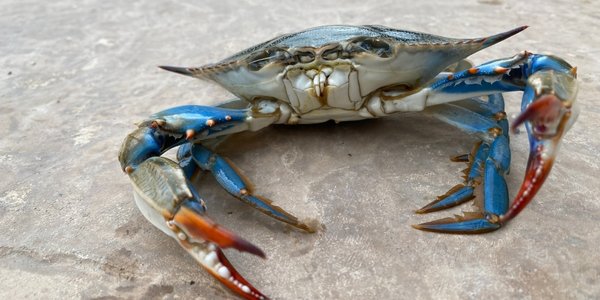
The Chesapeake blue crab is a species of crab that is found in the Chesapeake Bay and its surrounding waters. The crab is blue in color and has a hard shell. The crab meat is white and slightly sweet, with a delicate flavor that is often described as “nutty.”
Whether you’re looking for a main course or an appetizer, the Chesapeake blue crab is a versatile seafood option that is sure to impress.
16. Elderberries
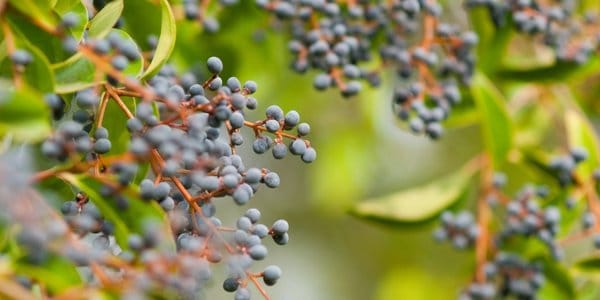
Elderberries are a dark blue or black type of berry, but not the same as blueberries. They are often used to make pies, jams, jellies, and even wine. These berries have a mild tart flavor, making them ideal for those who enjoy foods with a tangy taste.
17. Blue Shrimp

Who doesn’t love a good seafood dish, but there are only limited options for blue-colored seafood. This blue shrimp is a popular choice and is often used in various Asian dishes. It can be cooked in various ways and pairs well with various sauces.
18. Damson Plums
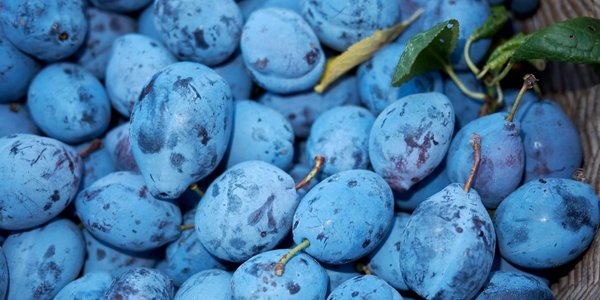
No matter how funny their name is, these plums are delicious dark blue fruit mainly used to make brandy. The damson plum has a tart flavor that works very well when dried to make prunes or in various jams and jellies.
19. Concord Grapes
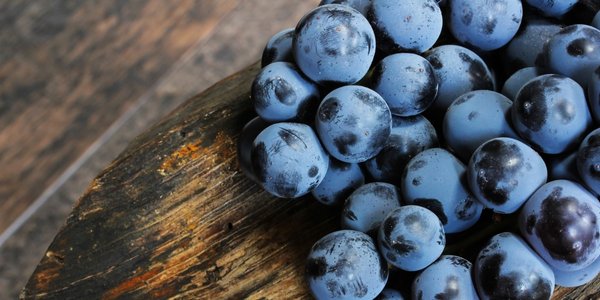
It is fruit galore when looking for blue foods, and these concord grapes are our personal favorite. The taste of these grapes is a perfect balance of sweet and sour, making it ideal for those who enjoy fruits with a bit of zing.
20. Blue Honey
Blue honey is a unique and tasty treat from the Alsace region of France. This honey is made by bees that collect nectar from blueberry flowers. The honey has a delicate flavor and a beautiful blue color.
While blue honey is not available outside France, you can still get your fix of this unique color by consuming other naturally blue-hued foods.
21. Blue Spirulina
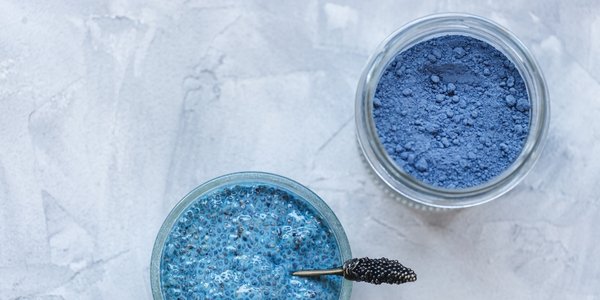
Blue Spirulina is a type of algae that is rich in nutrients and has a wide range of health benefits. It is a popular ingredient in green smoothies and juices.
Phycocyanin is the main active compound in blue spirulina, and it is responsible for its blue color. This pigment is a powerful antioxidant that can protect your cells from damage.
22. Blue Lingcod Fish
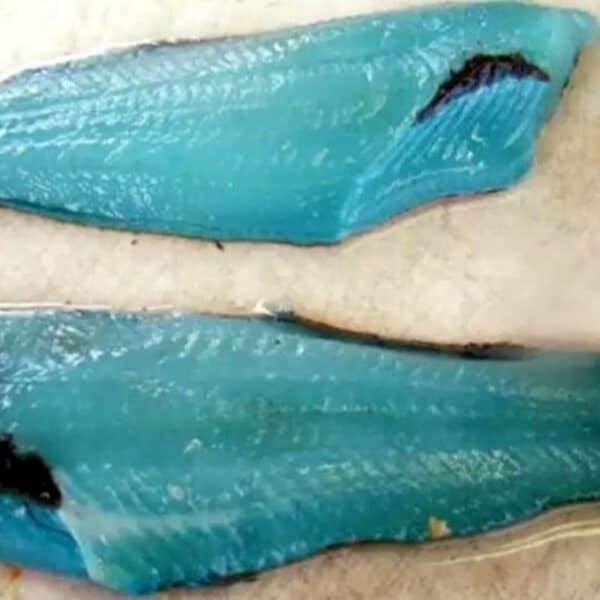
The lingcod fish is quite similar to the blue lobster. If you see this fish on the off chance, make sure to buy it as it makes for an excellent meal. It can be cooked in various ways and has a delicate flavor that pairs well with other seafood sauces.
23. Oregon Grapes
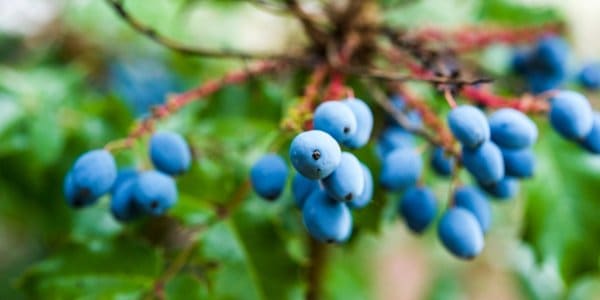
Oregon grapes are a type of blue food that is native to the Pacific Northwest region of the United States. These grapes are known for their tart and tangy flavor, and they are often used in jams, jellies, and pies.
Oregon grapes are also used to make wine and are sometimes used as a garnish for salads or other dishes.
24. Persian blue sea salt
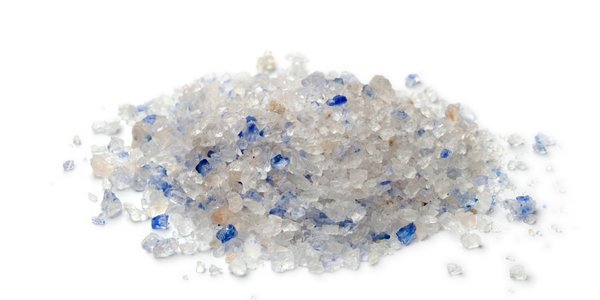
Persian blue sea salt is often called “the caviar of salts” because of its beautiful color and delicate flavor. It is hand-harvested from the Persian Gulf and is used as a finishing salt to add a gourmet touch to any dish.
Persian blue sea salt has a high mineral content, which gives it its distinctive color and flavor. The salt is rich in magnesium, calcium, and potassium, as well as other trace minerals. This makes it a healthy choice for those who are looking to add more minerals to their diet.
25. Blue Oyster Mushrooms
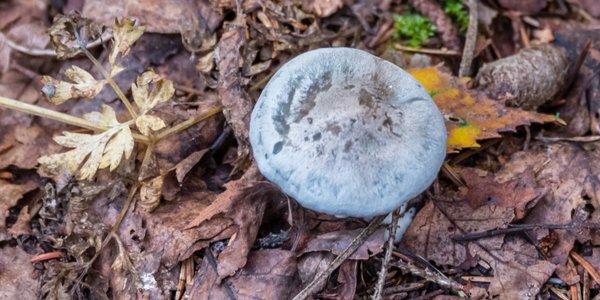
Blue oyster mushrooms are a type of edible mushroom that is popular in many cuisines. These mushrooms have a rich, savory flavor and a meaty texture that makes them a great addition to many dishes.
Blue oyster mushrooms can be found fresh or canned in most supermarkets. They can also be purchased dried, which makes them shelf-stable and easy to store.
When purchasing dried blue oyster mushrooms, be sure to look for those that are light in color and have a consistent texture.
26. Blue Lavender Tea
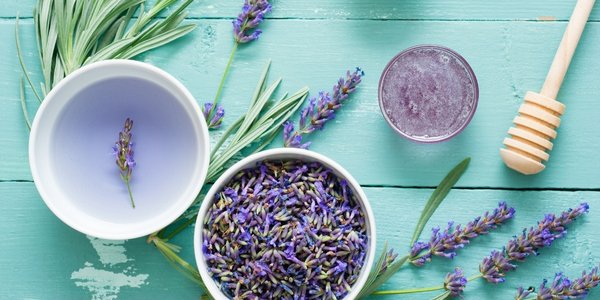
This blue, lavender tea is a traditional French delicacy with a deep blue hue, intense floral taste, and captivating aroma. It is made with dried lavender buds and is often enjoyed after a meal as a digestive.
27. Blue Caviar
Also known as “the sapphire of the ocean”, blue caviar is quite different from the traditional fish eggs as it is harvested from wild scampi, also known as blue lobster. The eggs are typically smaller and have a more delicate flavor than other types of caviar.
It is a delicacy that is often enjoyed by those who can afford it and has a distinct, salty flavor.
28. Blue Sausage Fruit
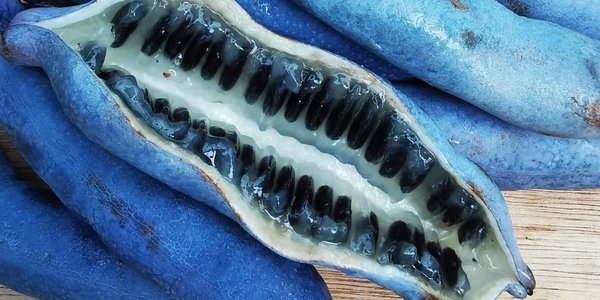
The blue sausage fruit is a type of fruit that is native to Nepal, Tibet, and China. The fruit is typically blue in color and has a sausage-like shape.
The taste of the fruit has been described as being similar to that of a blueberry. The skin and seeds of the fruit are poisonous and can cause vomiting, diarrhea, and abdominal pain if consumed.
29. Arkansas Blue Eggs
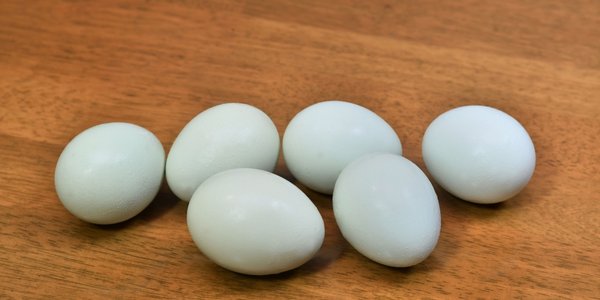
These blue eggs are from the Arkansas Blue chicken, a breed of chicken known for its bluish-gray eggs. These eggs have a rich creamy texture and flavor, making them perfect for baking or frying.
Arkansas blue eggs are used in many different recipes, including omelets, quiche, and casseroles. They are also often used as a decoration on Easter baskets and tables.
30. Starflowers
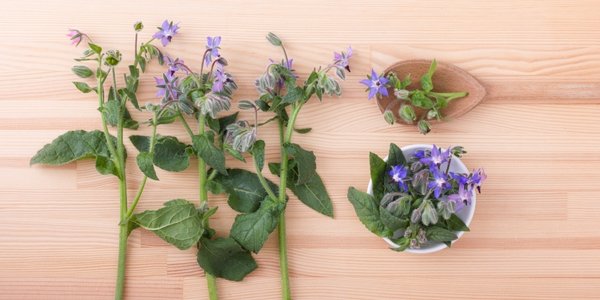
Also known as bluebells, starflowers are native to Europe and get their name from their star-shaped petals and deep blue color. These delicate blue flowers have a cucumber-like flavor and can be used to decorate salads, soups, and even cocktails.
Their seeds are used to derive Borage oil.
31. Blue Fin Tuna
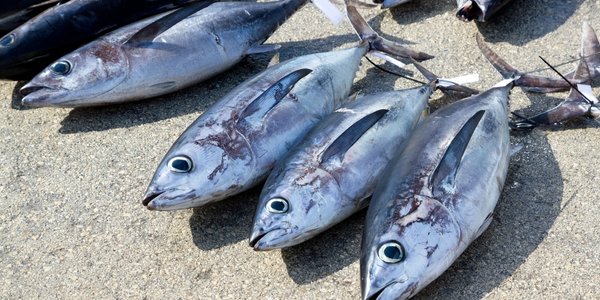
Bluefin tuna is a species of tuna found in the open waters of the Atlantic Ocean. The fish can grow to be very large, with some specimens reaching up to 2,000 pounds. The bluefin tuna is prized by fishermen and sushi chefs alike for its rich, fatty flesh.
32. American Blue Crab
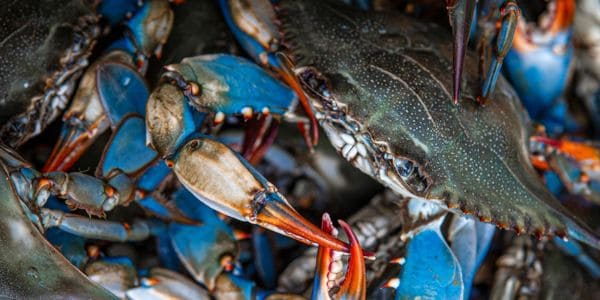
The American blue crab, also known as the Atlantic blue crab or simply blue crab, is a species of crab native to the eastern seaboard of the United States. Blue crabs are highly sought after for their sweet, delicate flavor and firm texture. They can be steamed, boiled, baked, or grilled, and are often served with a variety of dipping sauces.
33. Black Currant
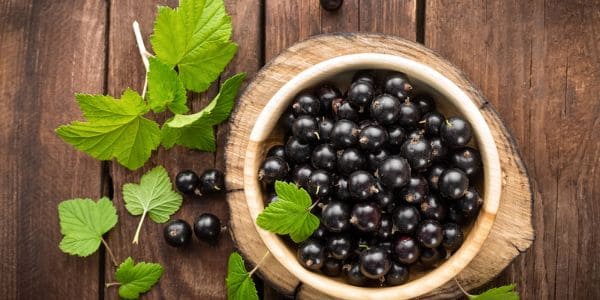
The black currant is a fruit with many specialties, including the fact that it is blue! This fruit is native to Europe and Asia and has a tangy flavor. It is often used in jams, jellies, and even liqueurs.
34. Blue Pansy Flower
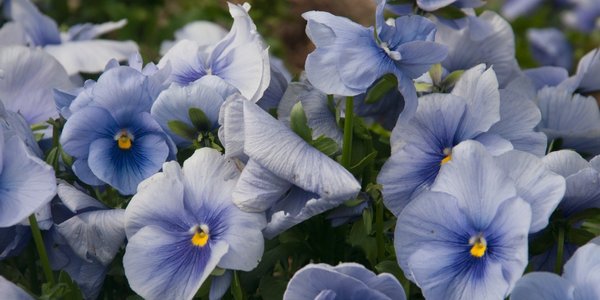
Blue pansies are edible flowers that can be eaten whole, or you can remove the petals and use them as a garnish. The flowers have a sweet flavor and can be added to salads, desserts, or used as a decoration on cakes and other baked goods.
Blue pansies are also known to have some health benefits, including being a good source of antioxidants and vitamins. So not only are they pretty to look at, but they’re also good for you!
35. Bachelor’s Buttons
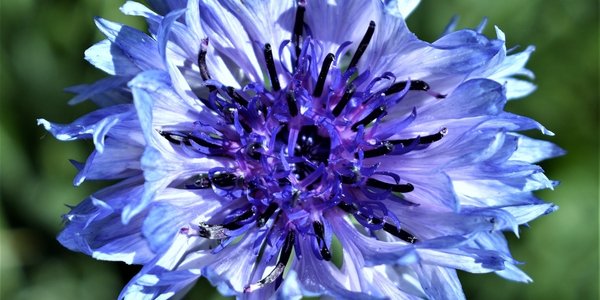
Bachelor’s Buttons, also known as Centaurea cyanus, is an edible flower that is often used as a decorative addition to salads and other dishes. It is also known as cornflower.
36. Blue Honeysuckle
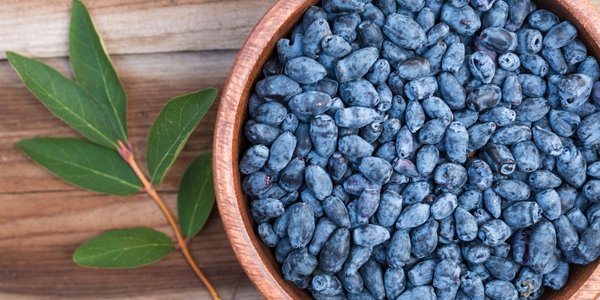
Blue honeysuckle (Lonicera caerulea) is a flowering shrub that is native to cold climates like Russia, Siberia, and China. If you’re lucky enough to find blue honeysuckle in the wild, you can enjoy its sweet, edible berries.
Although the berries are small, they pack a big flavor punch and can be used in all sorts of recipes. If you’re feeling adventurous, you can even try your hand at making blue honeysuckle wine.
However, you choose to enjoy this unique fruit, make sure to savor every last bite. Blue honeysuckle is a rare delicacy that is sure to please the palate.
37. Tuscan Blue Rosemary
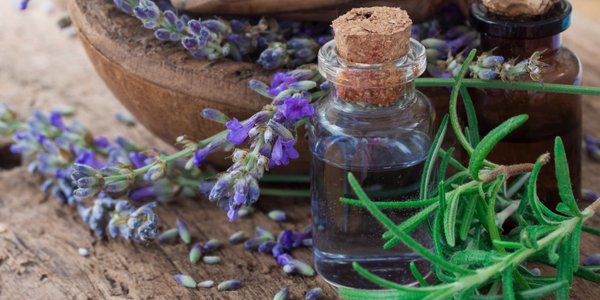
Blue rosemary is a type of rosemary that is known for its bluish-purple flowers. This herb originates from the Mediterranean and has a strong, pungent flavor. It is often used in cooking as a seasoning or garnishment.
Blue Foods FAQs
Why are there so few blue foods?
Blue anthocyanins are chemically less stable than other pigments, and they frequently overpower them. For the blue color to predominate in the mix, it must have a minor chemical shift which is a rare occurrence. In other words, when the chemical combination is correct, you end up with a blue color.
Are Blueberries actually Blue?
Contrary to popular belief, blueberries are not actually blue. They are a deep purple color. The skin of the fruit is covered in a powdery substance called bloom, which gives the berries their blueish hue. When the fruit is picked, this powdery coating is brushed off, revealing the deep purple color of the berry.
Are blue foods healthy?
Yes, blue foods are generally healthy. Blueberries, for example, are packed with antioxidants and vitamins that can help boost your immune system, improve your vision, and lower your risk of chronic diseases. Butterfly peas are also a good source of fiber and iron.
These were some naturally blue foods we found with our research, and while some of them, like the American blue lobster, are risky choices, we’re excited to try them out nonetheless! If you find this article useful, share it with friends.

